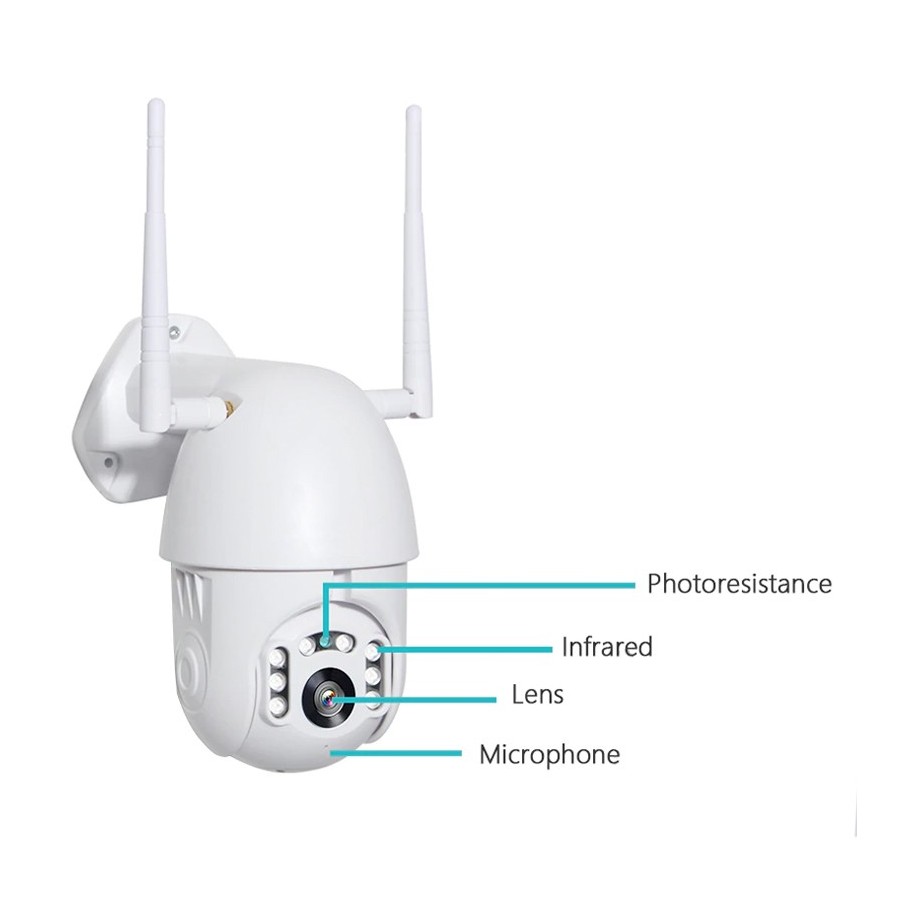
Step 2: Note your cameras MAC address (its usually printed on the camera itself or its box). Step 1: Make sure your PC or phone is on the same network (router or WiFi access point) as your camera is.
IP CAMERA VIEWER ROKU SETUP HOW TO
Here is a youtube video showing the Roku playing a h.264 rtsp live stream coming from an Axis IP camera. See how to get local IP address so you can log into your IP camera administration & configure whatever you need. The last option, has nothing to do with Roku (no Roku necessary), but I thought it will be nice to be there: You can broadcast live on YouTube or twitch your IP camera with a click of the button:

Of course you will be able to edit/delete any of the cameras: The second option will allow you to add any ONVIF compliant camera:Īll the cameras added will be automatically imported on Roku. You open this address in your browser (on the phone or computer) and you'll get to the Login page:Īfter Login in, you get to the "menu" page where you can see a list of all the cameras you already added and the "services" available:įirst option, will allow you to add rtsp cameras manually: Lets say the IP for you Raspberry Pi is 192.168.1.70. On the Roku you don't need to do anything, the cameras will be imported automatically from the Pi. Use any USB or IP camera is to keep an eye on your home, office, parking. If in any browser, you open your Raspberry Pi IP address, you will be able to configure your cameras. Set up an effective video monitoring system within minutes. On the Roku, in IP Camera Viewer Pro -> Settings, enter the Raspberry Pi IP address and you are done.

IP CAMERA VIEWER ROKU SETUP INSTALL
You'll need to install some software packages that I will provide 100% free on your Raspberry Pi (I'll release step by step instructions)Ĭonnect the Pi to your Router, make note of the IP, and forget about it. I'm using for my tests the "Raspberry PI 3 Model B", but any Raspberry Pi with an Ethernet port or WiFi support should work. Soon I'll be releasing a detailed "how to" with all the steps needed to get this working with your Roku, but until then, here are some more details.

All the features are 99.9% already built, all the software written, now I'm just making sure everything works the way it should. Now I have something to show, a preview of how everything is working, and what will take to setup. If you have some IP Cameras around the house that are ONVIF compliant or have h.264 video encoding, and if you like to get dirty in some DIY, this post is for you.Īs I promised before, I will try my best to get rtsp/h.264 and onvif working in the IP Camera Viewer Pro (BTW those features are only going to be in the Pro version).


 0 kommentar(er)
0 kommentar(er)
